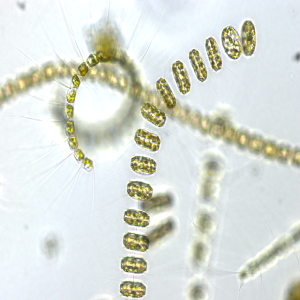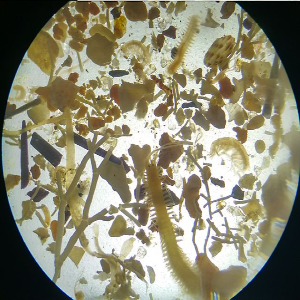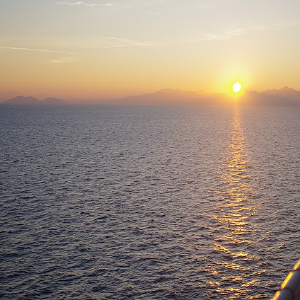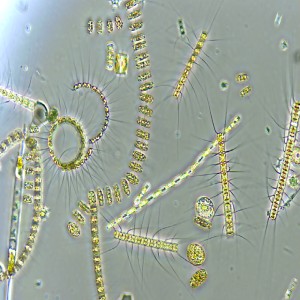Intrinsic low-frequency variability and predictability of the Kuroshio Current and of its extension
Submitted: 8 June 2015
Accepted: 8 June 2015
Published: 10 October 2014
Accepted: 8 June 2015
Abstract Views: 1167
HTML: 231
Publisher's note
All claims expressed in this article are solely those of the authors and do not necessarily represent those of their affiliated organizations, or those of the publisher, the editors and the reviewers. Any product that may be evaluated in this article or claim that may be made by its manufacturer is not guaranteed or endorsed by the publisher.
All claims expressed in this article are solely those of the authors and do not necessarily represent those of their affiliated organizations, or those of the publisher, the editors and the reviewers. Any product that may be evaluated in this article or claim that may be made by its manufacturer is not guaranteed or endorsed by the publisher.
Pierini, S., Dijkstra, H. A., & Mu, M. (2014). Intrinsic low-frequency variability and predictability of the Kuroshio Current and of its extension. Advances in Oceanography and Limnology, 5(2), 79–122. https://doi.org/10.4081/aiol.2014.5352
PAGEPress has chosen to apply the Creative Commons Attribution NonCommercial 4.0 International License (CC BY-NC 4.0) to all manuscripts to be published.



 https://doi.org/10.4081/aiol.2014.5352
https://doi.org/10.4081/aiol.2014.5352







